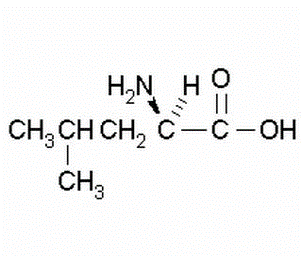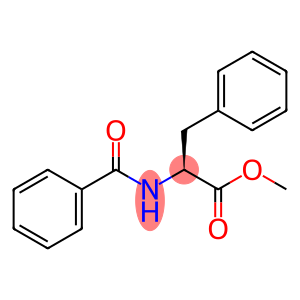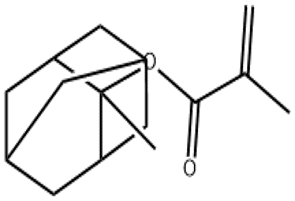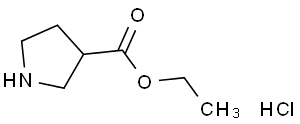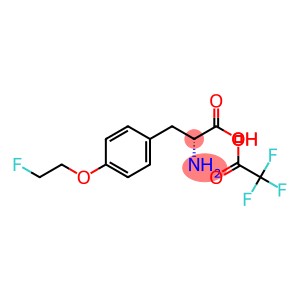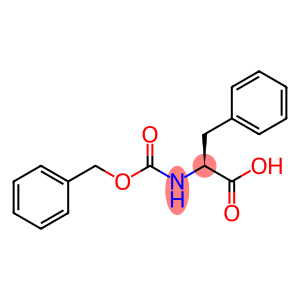N-BOC-L-Arginine hydrochloride(CAS# 35897-34-8)
| Safety Description | S22 – Do not breathe dust. S24/25 – Avoid contact with skin and eyes. |
| WGK Germany | 3 |
| HS Code | 29252900 |
| Hazard Class | IRRITANT |
Introduction
Boc-L-Arg-OH.HCl(Boc-L-Arg-OH.HCl) is an organic compound with the following properties:
1. appearance: white solid powder.
2. Solubility: Soluble in water and organic solvents such as methanol, ethanol, etc.
3. Stability: It is relatively stable at room temperature, but it is easy to absorb moisture when exposed to moisture or moisture.
Boc-L-Arg-OH.HCl have the following uses in chemical research and synthesis:
1. biological activity research: as a synthetic intermediate of peptide and protein, it is used to construct peptide chain.
2. drug research: for the synthesis of bioactive peptide drugs and antibiotics.
3. chemical analysis: used as a standard for mass spectrometry analysis.
The method of preparing Boc-L-Arg-OH.HCl mainly includes the following steps:
1. tert-Butyloxycarbonylation: L-arginine is reacted with tert-butyloxycarbonyl chloride (Boc-Cl) under alkaline conditions to obtain tert-butoxycarbonyl-L-arginine.
2. Hydrochloride salt formation: tert-Butoxycarbonyl-L-arginine was reacted with hydrochloric acid to obtain a Boc-L-Arg-OH.HCl.
Regarding safety information, Boc-L-Arg-OH.HCl it is relatively safe under normal use conditions, the following matters still need to be paid attention:
1. Avoid inhaling dust or skin contact: Wear protective gloves, glasses and masks to avoid direct contact or inhalation of dust.
2. storage precautions: should be stored in a dry, cool, well-ventilated place, avoid direct sunlight.
3. Disposal of waste: Waste should be properly disposed of in accordance with local regulations and can be disposed of through chemical waste treatment systems.



